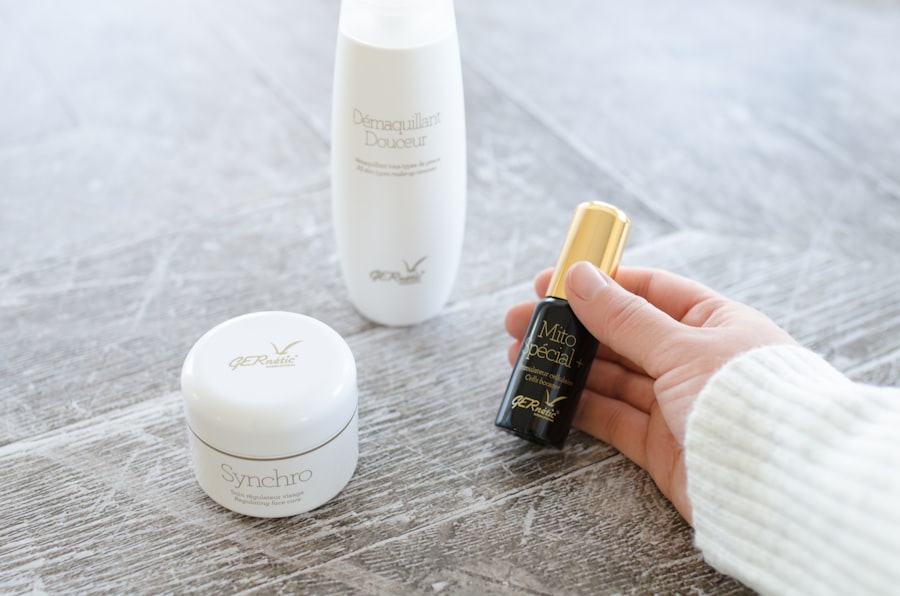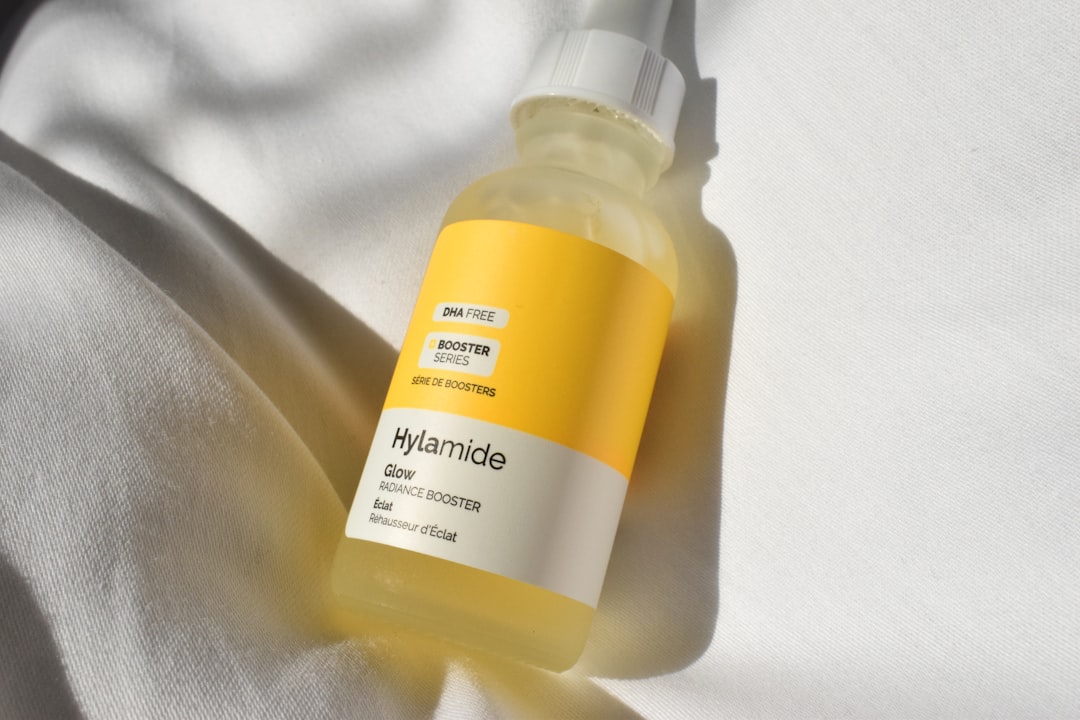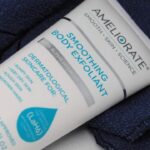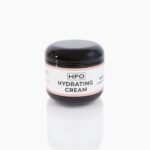After undergoing laser hair removal, you may find yourself feeling excited about the prospect of smooth, hair-free skin. However, it’s crucial to recognize that the care you provide your skin in the days and weeks following the procedure can significantly impact your results. Post-laser care is not merely an afterthought; it is an essential component of the overall treatment process.
By understanding the importance of this care, you can enhance your results and minimize potential side effects. Your skin has just undergone a procedure that targets hair follicles with concentrated light energy, which can leave it sensitive and vulnerable. Proper post-care helps to soothe your skin, reduce inflammation, and promote healing.
Neglecting this aspect can lead to complications such as irritation, prolonged redness, or even hyperpigmentation.
Key Takeaways
- Proper post-laser hair removal care is crucial for achieving the best results and preventing complications.
- Managing discomfort and redness after the procedure can be done with the help of cooling gels and aloe vera.
- Protecting your skin from sun exposure is essential to avoid hyperpigmentation and other skin damage.
- Moisturizing and hydrating your skin regularly can help maintain its health and prevent dryness or irritation.
- Avoiding hot showers and excessive sweating can help prevent irritation and discomfort after laser hair removal.
Managing Discomfort and Redness After Laser Hair Removal
It’s common to experience some discomfort and redness immediately following your laser hair removal session. This reaction is a natural response as your skin adjusts to the treatment. To manage this discomfort effectively, you might consider applying a cold compress to the treated area.
This can help alleviate swelling and provide a soothing effect, making you feel more comfortable in your own skin. In addition to cold compresses, over-the-counter pain relief medications can be beneficial if you find the discomfort bothersome. Non-steroidal anti-inflammatory drugs (NSAIDs) like ibuprofen can help reduce inflammation and ease any pain you may be experiencing.
However, it’s essential to consult with your dermatologist before taking any medication to ensure it’s appropriate for your specific situation. Remember, while some redness is normal and should subside within a few hours to a couple of days, persistent or severe symptoms warrant a follow-up with your healthcare provider.
Protecting Your Skin from Sun Exposure
One of the most critical aspects of post-laser hair removal care is protecting your skin from sun exposure. After treatment, your skin is particularly sensitive and more susceptible to sunburn and pigmentation changes. To safeguard your skin, it’s advisable to avoid direct sunlight for at least two weeks following the procedure. If you must be outdoors, wearing protective clothing such as long sleeves and wide-brimmed hats can provide an extra layer of defense. In addition to physical barriers, applying a broad-spectrum sunscreen with an SPF of 30 or higher is essential.
This will help shield your skin from harmful UV rays that can exacerbate redness and irritation. Make it a habit to reapply sunscreen every two hours if you’re spending extended periods outside. By taking these precautions, you not only protect your skin but also enhance the effectiveness of your laser hair removal treatment.
(Source: American Academy of Dermatology)
Moisturizing and Hydrating Your Skin
| Product | Moisturizing Level | Hydration Level |
|---|---|---|
| Lotion A | High | Medium |
| Cream B | Medium | High |
| Serum C | High | High |
Keeping your skin well-hydrated is another crucial element of post-laser care. After the procedure, your skin may feel dry or tight due to the treatment’s effects.
Look for products that contain soothing ingredients like aloe vera or hyaluronic acid, which can provide additional hydration and comfort. Incorporating a regular moisturizing routine into your daily life will not only aid in recovery but also improve the overall texture and appearance of your skin. You might consider applying moisturizer multiple times a day, especially after cleansing or exposure to water.
Hydrated skin is less prone to irritation and will help you achieve the smooth results you desire from your laser hair removal treatment.
Avoiding Hot Showers and Excessive Sweating
After laser hair removal, it’s wise to avoid hot showers and activities that induce excessive sweating for at least 48 hours. Hot water can aggravate sensitive skin and lead to increased redness or irritation. Instead, opt for lukewarm showers to cleanse your body without causing additional discomfort.
This small adjustment can make a significant difference in how your skin reacts post-treatment. Similarly, engaging in strenuous exercise or activities that cause heavy sweating should be avoided during the initial recovery period. Sweat can irritate the treated area and increase the risk of complications such as infection or inflammation.
If you’re eager to return to your regular workout routine, consider low-impact exercises like walking or gentle yoga until your skin has fully healed.
Gentle Exfoliation to Prevent Ingrown Hairs

As your skin heals from laser hair removal, gentle exfoliation can play a vital role in preventing ingrown hairs. While it’s essential to avoid harsh scrubs or aggressive exfoliation methods immediately after treatment, incorporating a mild exfoliating product into your routine after a few days can help keep your skin smooth. Look for chemical exfoliants containing ingredients like glycolic acid or salicylic acid, which can help slough off dead skin cells without causing irritation.
When you do begin exfoliating, be sure to do so gently and sparingly. Over-exfoliating can lead to further irritation or damage to sensitive skin. Aim for once or twice a week, depending on how your skin responds.
By maintaining a regular exfoliation routine, you’ll not only reduce the risk of ingrown hairs but also promote a healthier complexion overall.
Watching for Signs of Infection or Irritation
While most individuals experience minimal side effects after laser hair removal, it’s crucial to remain vigilant for any signs of infection or irritation during the healing process. Symptoms such as increased redness, swelling, pus formation, or persistent pain may indicate an infection that requires medical attention. If you notice any of these signs, don’t hesitate to reach out to your dermatologist for guidance.
Additionally, keep an eye out for any unusual changes in your skin’s texture or color. While some redness is expected post-treatment, any prolonged discoloration or unusual bumps should be evaluated by a professional. Early intervention can prevent complications and ensure that you achieve the best possible results from your laser hair removal experience.
Following Up with Your Dermatologist for Best Results
Finally, one of the most effective ways to ensure optimal results from your laser hair removal treatment is by scheduling follow-up appointments with your dermatologist. These visits allow you to discuss any concerns you may have experienced during the healing process and receive personalized advice tailored to your specific needs. Your dermatologist can assess your progress and determine if additional treatments are necessary for achieving your desired outcome.
Moreover, follow-up appointments provide an opportunity for ongoing education about skincare practices that will benefit you long-term. Your dermatologist can recommend products and routines that align with your skin type and lifestyle, ensuring that you maintain healthy skin well beyond the initial treatment phase. By prioritizing these follow-ups, you’re investing in both the health of your skin and the success of your laser hair removal journey.
In conclusion, post-laser hair removal care is an integral part of achieving smooth and beautiful skin. By understanding its importance and following these guidelines—managing discomfort, protecting against sun exposure, moisturizing diligently, avoiding hot showers and excessive sweating, gently exfoliating, watching for signs of infection, and maintaining communication with your dermatologist—you set yourself up for success in this transformative process. Embrace this journey with care and attention; your skin will thank you for it!
After undergoing laser hair removal, it is crucial to follow proper aftercare instructions to ensure the best results. One helpful article on this topic is “5 Essential Tips for Laser Hair Removal Aftercare”, which provides detailed guidance on how to care for your skin post-treatment. Following these tips can help minimize any potential side effects and ensure that your skin heals properly. It is important to remember that proper aftercare is essential for achieving the best results from laser hair removal.
FAQs
What is laser hair removal aftercare?
Laser hair removal aftercare refers to the steps and precautions that should be taken after undergoing a laser hair removal treatment to ensure the best results and minimize any potential side effects.
What should I do immediately after laser hair removal?
After laser hair removal, it is important to apply a soothing gel or cream to the treated area to help reduce any redness or irritation. It is also recommended to avoid hot showers, saunas, and strenuous exercise for at least 24 hours after the treatment.
How should I care for the treated area in the days following laser hair removal?
In the days following laser hair removal, it is important to keep the treated area clean and moisturized. Avoiding sun exposure and using sunscreen on the treated area is also crucial to prevent any potential skin damage.
Are there any activities or products to avoid after laser hair removal?
After laser hair removal, it is best to avoid waxing, plucking, or using depilatory creams on the treated area. Additionally, it is recommended to avoid exfoliating the skin or using harsh skincare products for a few days after the treatment.
What are the potential side effects of laser hair removal and how can they be managed?
Common side effects of laser hair removal may include redness, swelling, and mild discomfort. These can typically be managed with the application of soothing gels or creams, as well as avoiding activities that may further irritate the skin. If any unusual or severe side effects occur, it is important to consult with a healthcare professional.







